Revolutionary Headgear: Hang on to Your Hat
The story of a classic Istanbul hatter who crafts distinctive Turkish caps by hand in a corner of a centuries-old caravanserai in Eminönü.
A forlorn, solitary tree hangs glumly over a marble fountain in the center of Sümbüllü Han, a run-down 18th-century caravanserai on Çakmakçılar Yokuşu in the heart of Eminönü. There's no trace of the sümbül (hyacinth) that was perhaps this place’s namesake at one point in history. Most of the shops inside sell women's scarves and shawls on a wholesale basis, evidenced by the hulking, well-packed parcels waiting to be shipped outside of the country.
At first glance, the scene resembles many others in the area, where innumerable shops sell modern clothing out of storefronts housed in historic structures. But tucked in a corner up a couple flights of stairs lies Duman & Ose Şapka, a storied hatmaker that is among the last of its kind in the city, emblematic of Istanbul's fading esnaf (tradesmen) culture.
Leading the three-man operation is 46-year old Nida Demirbaş, who has made hats on and off since he was seven years old. Demirbaş inherited the trade from his father Ismail, who came to Istanbul from the Black Sea outpost of Kastamonu in the early 1950's with his family and soon took up the hat trade, which he only recently abandoned due to declining health.
A quarter century before the elder Demirbaş and his family left Kastamonu, Mustafa Kemal Atatürk paid a visit to the city--famously outfitted in a Panama hat--and extolled the virtues of the headgear to the crowd. A few months later, in November of 1925, his Hat Revolution was officially in motion, as laws were passed in the parliament of the newly-establish Turkish republic that sought to replace the fez, once itself a symbol of modernity, with European-style hats.
It was surely a booming time for Istanbul hatters, who at the time primarily came from the city's non-Muslim communities. One of the hats currently produced by the younger Demirbaş in his workshop is the Ose sekiz-köşe (eight-corner), which dates all the way back to that period. It is a distinctive, elaborate yet imposing cap, stitched in a herringbone tweed and featuring no less than eight corners on its crown. Initially produced by an Istanbul Greek, the hat's patent was later transferred to an Armenian hatmaker, and ultimately to Ismail Demirbaş. On the company's website, there is a photo of Atatürk alongside the caption “from the Hat Revolution to today!”
“Our customers are generally over the age of 50, they're older people. That is because we make the eight-corner, and not everyone can wear the eight-corner. He who wears an eight-corner won't wear another hat. He won't take it off because when he does, he feels as if there is an empty space on his head,” Nida told me.
It certainly isn't for everyone. On my first visit to the shop, I had grand delusions of purchasing an Ose eight-corner, only to try it on and quickly come to the realization that I may need to acquire a few more decades before the hat suited me. Instead, I opted for a düğmeli kasket, a simpler cap with a button in the center of the crown.
While these caps once symbolized modernization in Turkey, they are now more synonymous with older men and working class Anatolia.
“Around 70-75 percent of our customers are from the East,” Demirbaş said, adding that Van, Malatya, Bitlis, Ağrı, Kars, Adiyaman, and Adana are among the cities that favor his hats the most.
“We produce between 240-300 a week. No more than that. Why? Because we are meticulous. At other ateliers they make 500 in a day. But out of 500, 50 of them come out defective,” Nida insisted.
Over the years a number of hatmakers have worked in Demirbaş' atelier, though today just a trio remains. Timur Özcan has spent more than half a century honing his craft, including a 23-year stint at Duman & Ose Şapka. Retiree Müjdat Peksöz has only been at the shop for a few months, and said he's just there to help out.
“I have an eighteen-year old son who is studying, and I wouldn't put him in this line of work anyway,” Nida said.
He echoed the sentiments of the silversmiths who work just down the street at the gorgeous Büyük Yeni Han, producing elegant handmade mirrors, combs and candlesticks. They too claim to be the last of their domain, but also prefer that their children do not follow in their footsteps.
In the era of cheap, mass-produced foreign goods, esnaf who pore over quality, handmade products are quickly becoming a relic of the past in Istanbul. Stepping into the atelier is like entering a portal into a lost era, the shop is frozen in time and the hats it continues to produce are mementos of a more cosmopolitan city that still existed when Ismail Demirbaş first arrived. Duman & Ose Şapka exists as an important living link to that past, though one day the younger Demirbaş will also have to hang up the hat.
Author’s note: This piece was initially written in 2019 for a print magazine, which ultimately chose not to publish it. Duman & Ose Şapka are still in business today in the same location, though Nida Demirbaş now works alone. All photos were shot by Monica Fritz.

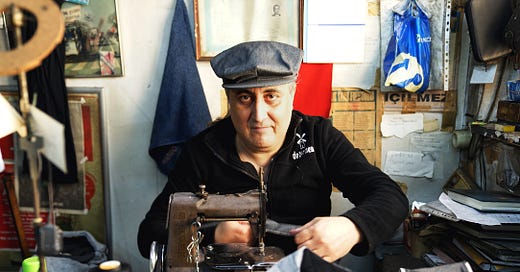



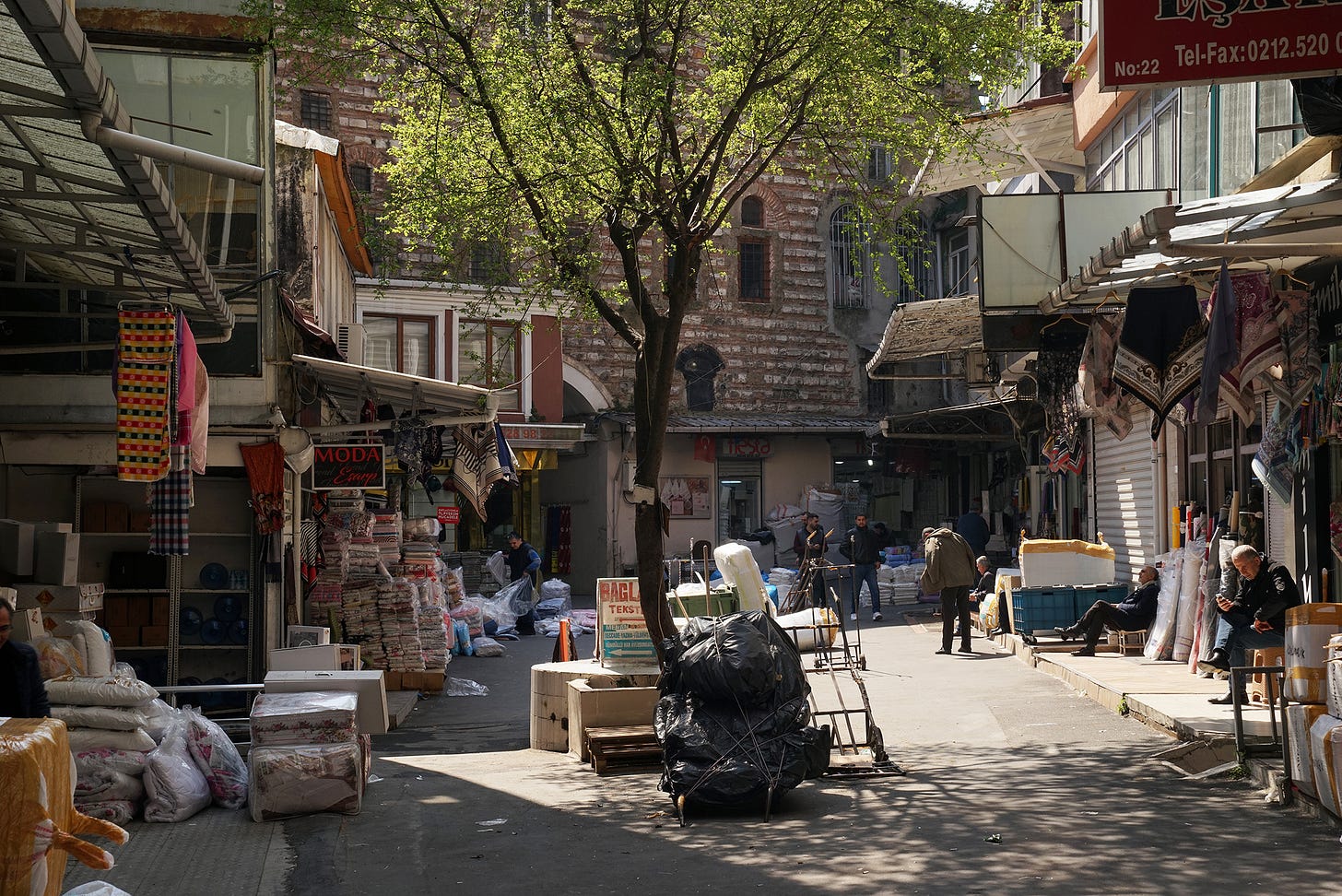
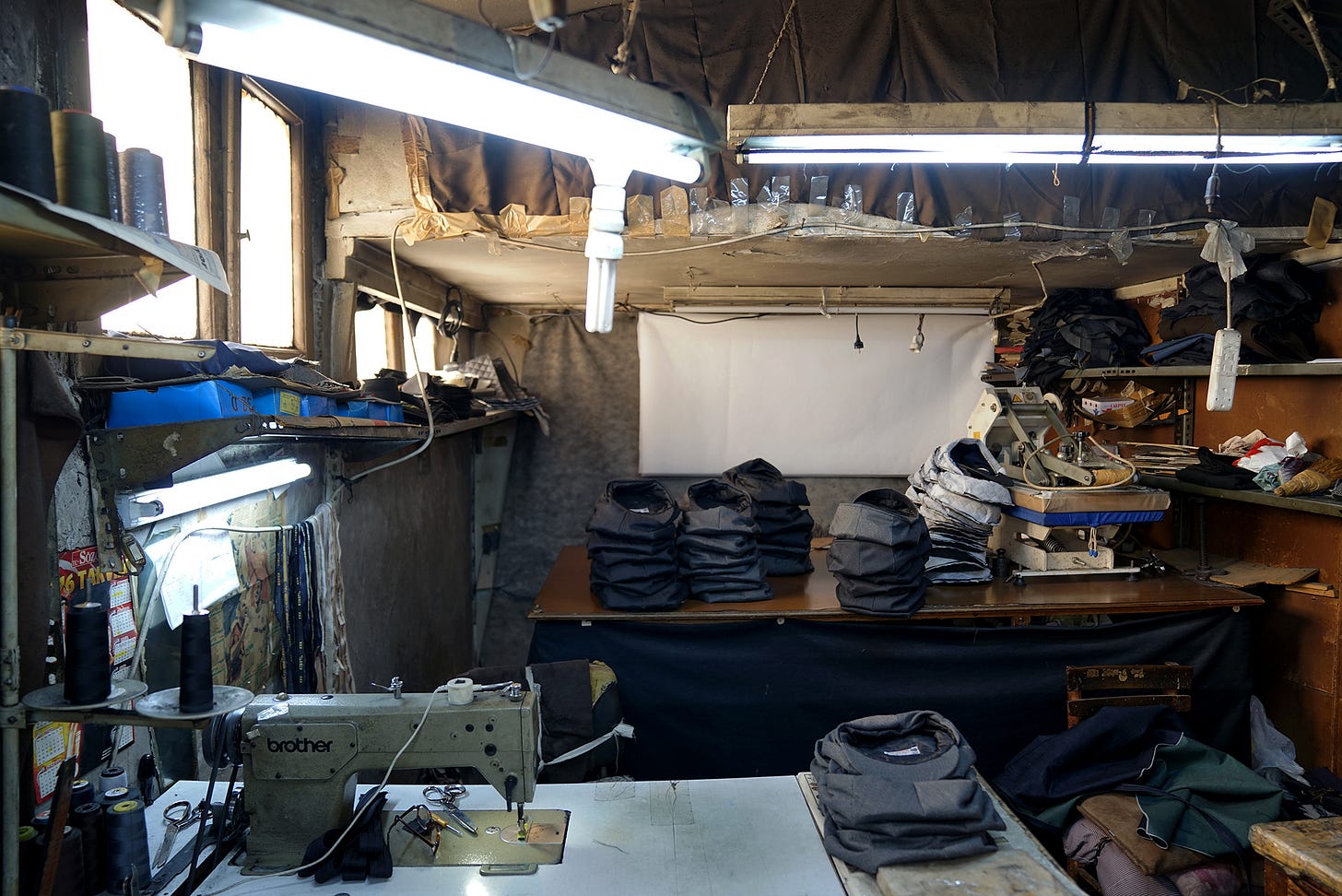
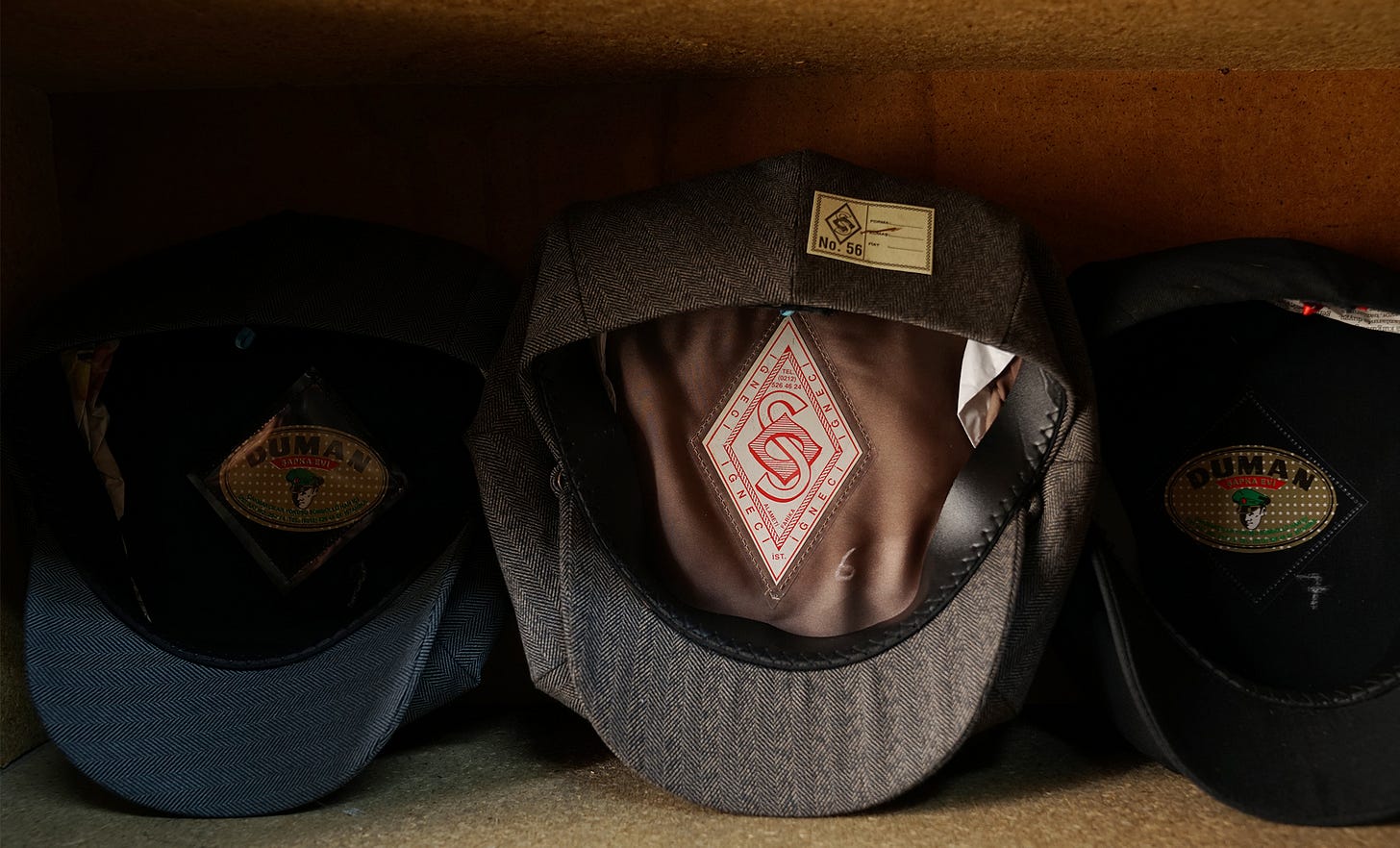
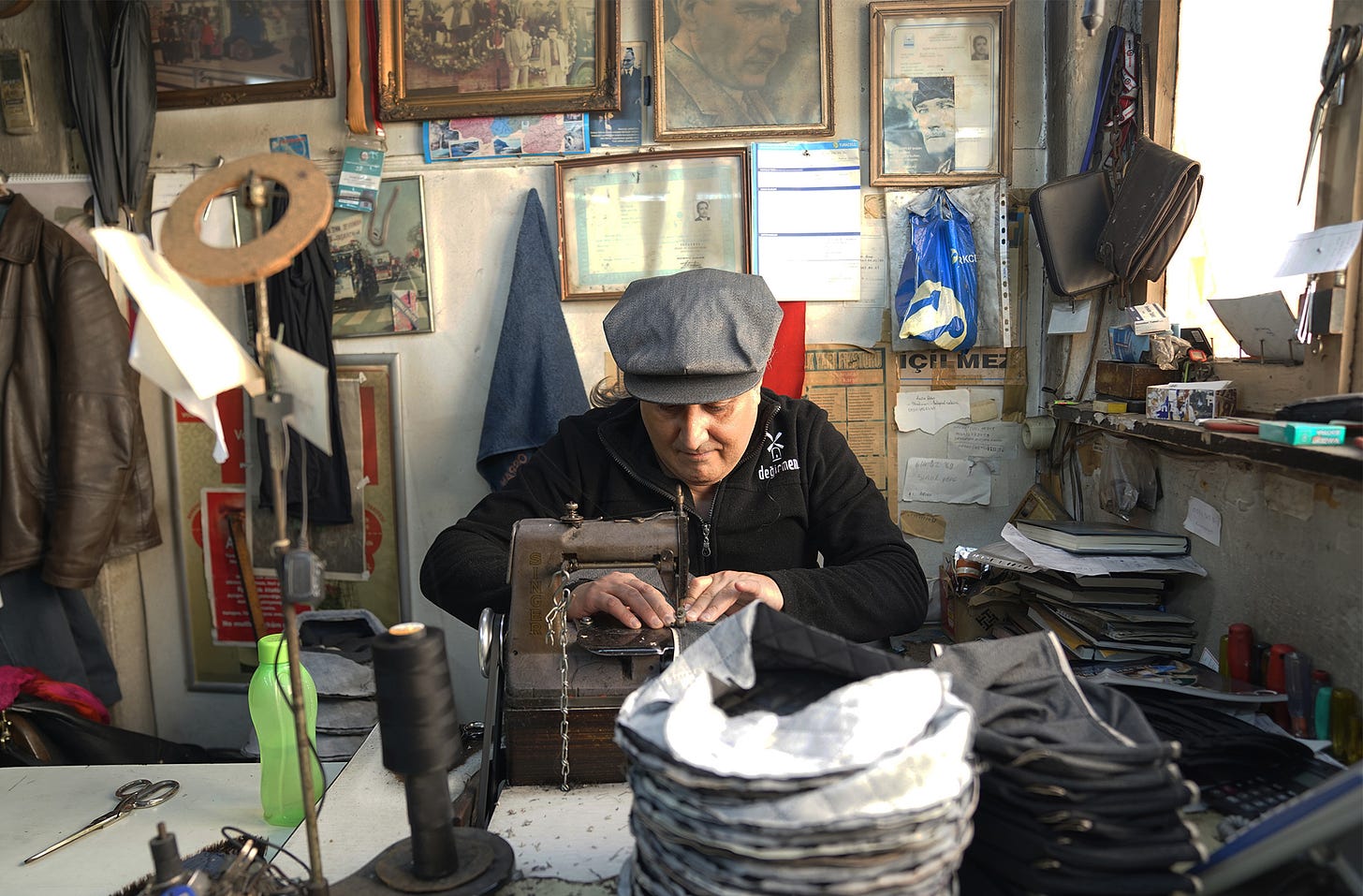
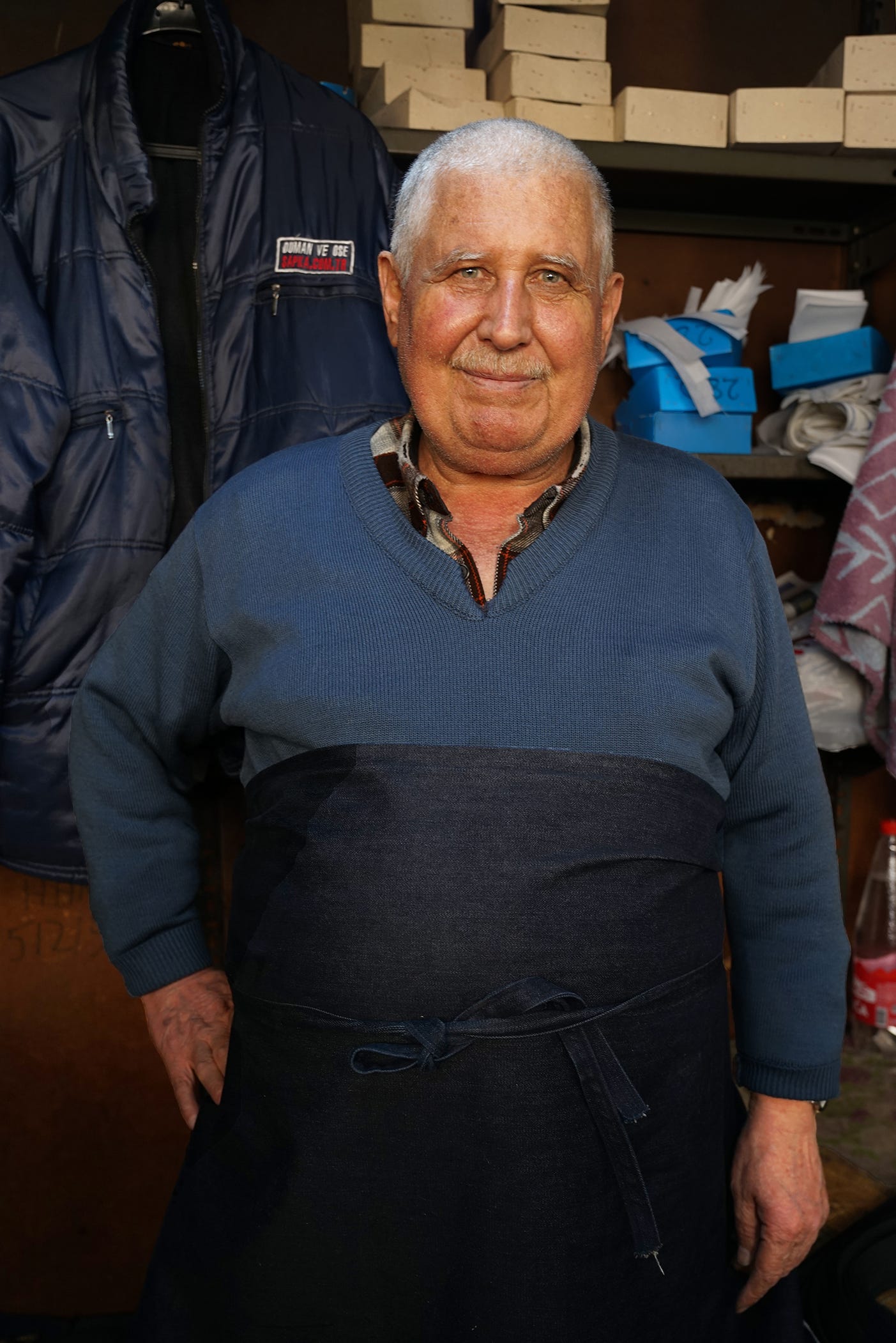
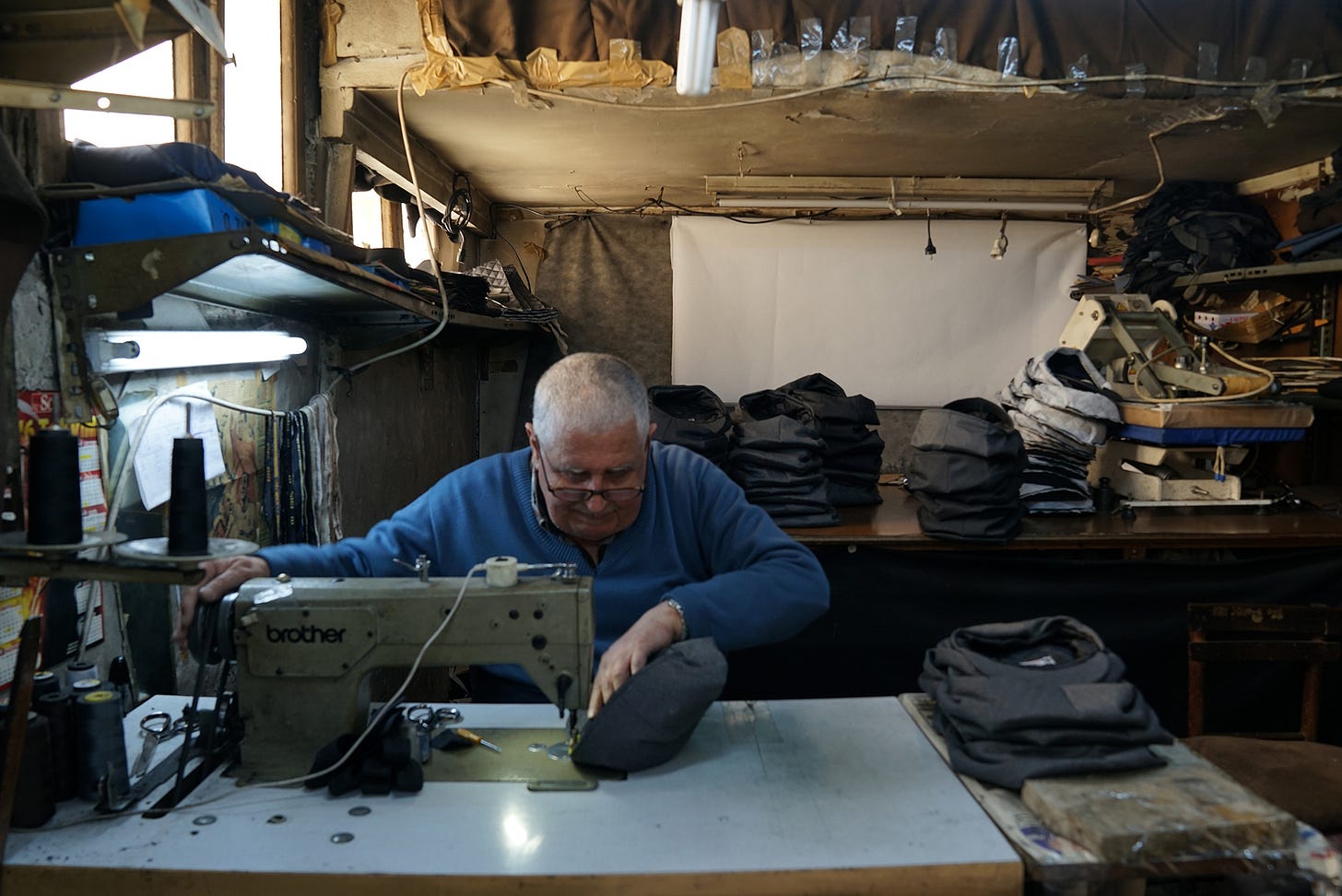
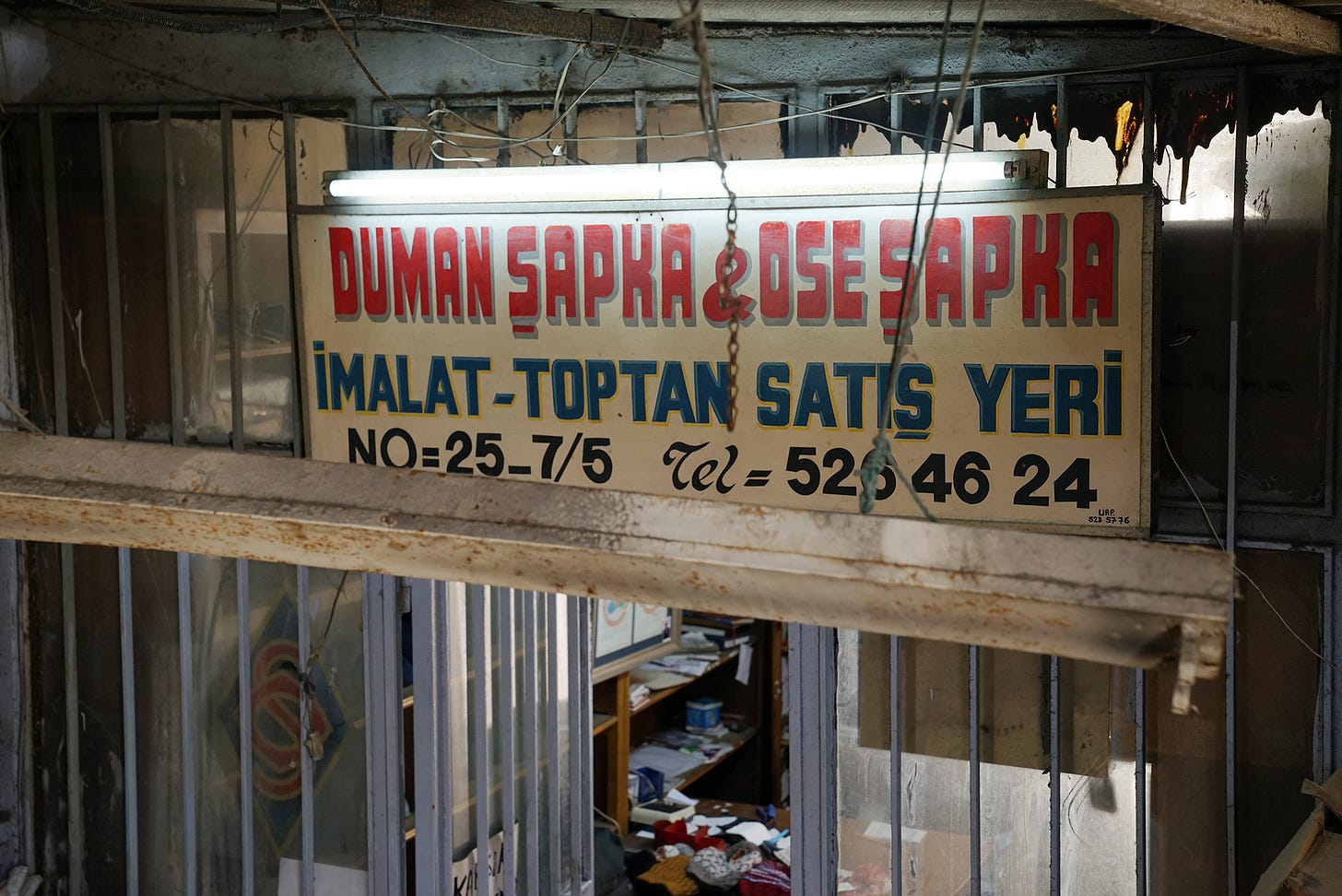
It was brilliant ❤️❤️❤️
I was wondering, are these shots from 2019 as well?
What a sweet story. I’m glad you bring the dying traditions of Turkish craftsman to life!